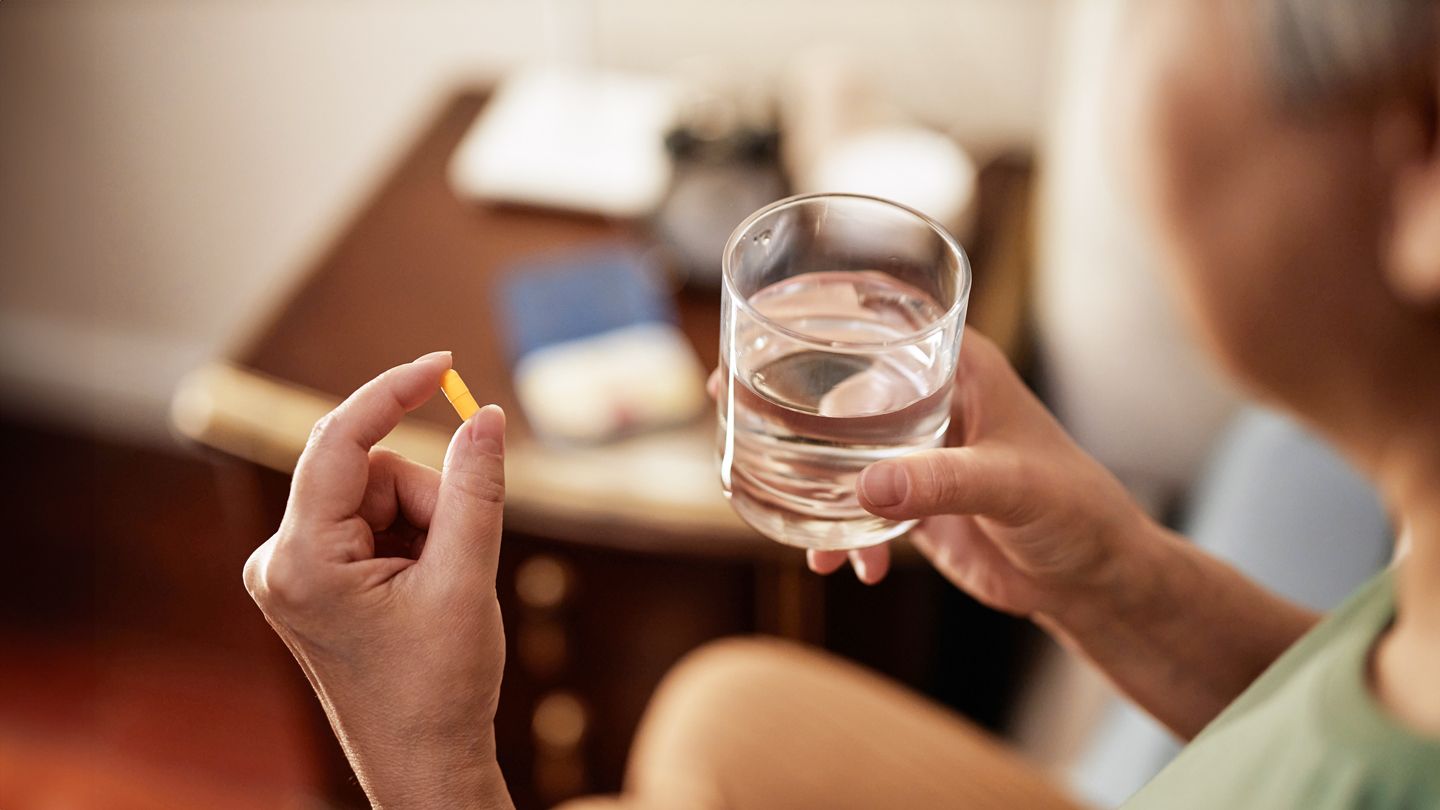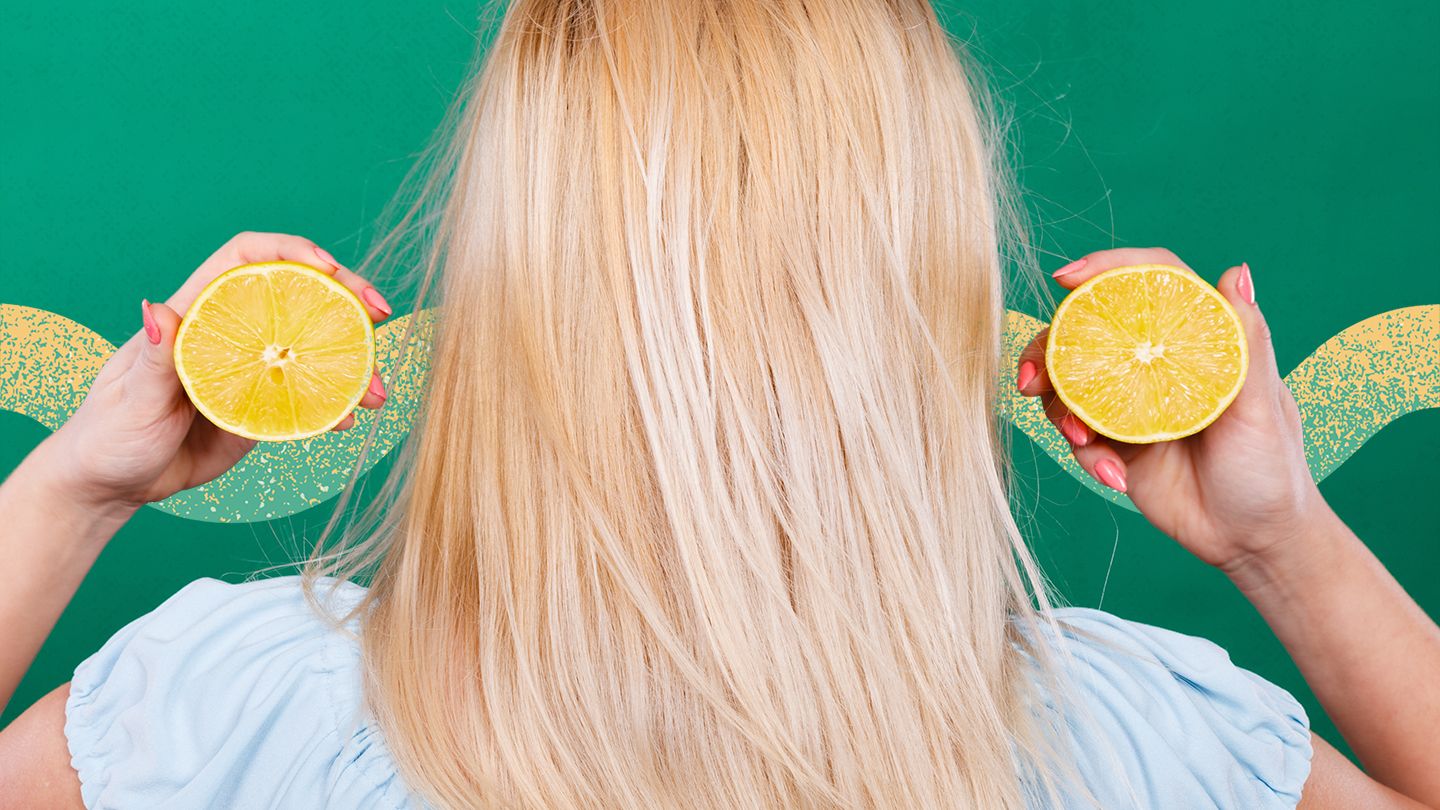Baking Soda to Cover Gray Hair: Does It Work?
Gray hair is a natural part of aging, but that doesn't mean you have to embrace the salt and pepper look right away. While some choose to proudly sport their grays, others prefer to cover up these signs of getting older. If you're looking for inexpensive, natural solutions for masking gray hair rather than chemical hair dyes, using baking soda is worth considering.
What Causes Gray Hair?
Gray hair occurs when melanin, the pigment that gives your hair its color, starts to decrease in the hair follicles. Hair follicles contain melanocyte cells that produce melanin. As we get older, these melanocytes become less active, resulting in reduced melanin production. With less melanin loading into the hair strand as it grows, the grays begin to peek through.
While aging is the most common cause of graying, other factors can speed up the process like stress, smoking, vitamin deficiency, and genetics. People with dark hair tend to gray later than those with light hair. But no matter what your natural hair color, grays can start becoming noticeable in your 30s and 40s.
Can Baking Soda Actually Cover Gray Hair?
Baking soda can temporarily mask gray hair since it removes product buildup and opens up the hair cuticle to deposit color. It works by helping hair absorb other ingredients you mix into the solution. For example, pairing baking soda with lemon juice allows the citric acid to penetrate deeper thanks to the clarifying effects.
However, baking soda alone does not color hair. It's an abrasive cleansing powder that strips away oils, dirt, and styling products that cause dullness. Using a baking soda hair treatment before applying a natural dye like black tea, henna, or beetroot juice can help the color stain the strands more evenly.
DIY Baking Soda Recipes for Gray Coverage
Here are some easy baking soda hair recipes you can test to cover grays at home:
Baking Soda and Lemon Juice
The acid from lemon juice helps open the cuticle so the baking soda can clarify and remove buildup. This allows any added coloring agents like tea or herbs to deposit better for disguising gray hairs.
Ingredients:
- 2 tablespoons baking soda
- Juice from 2 lemons
- 1 cup chamomile tea (brewed, cooled)
Directions:
- Mix the baking soda with the lemon juice to form a paste.
- Add the cooled chamomile tea and stir well.
- Apply thoroughly to clean, damp hair. Let sit for 15 minutes. The tea provides a subtle blonde tint to blend grays.
- Rinse and style as usual. Use a deep conditioner after to prevent dryness.
Baking Soda and Apple Cider Vinegar
Apple cider vinegar is another ingredient containing acetic acid that reacts with baking soda. Using vitamin C-rich amla powder adds nutrients that nourish hair and scalp for healthier grays.
Ingredients:
- 3 tablespoons baking soda
- 1 cup apple cider vinegar
- 2 teaspoons amla powder (optional)
Directions:
- Whisk together the baking soda and apple cider vinegar into a frothy paste.
- Mix in amla powder if using.
- Apply to damp hair, coating every strand. Let sit for 20 minutes.
- Rinse thoroughly. The vinegar smell dissipates once hair dries.
Other Ways to Blend Gray Hair
Using baking soda can help prep hair to accept color, whether tea, henna, or other natural dyes. But it won't completely cover your gray hairs. For the best results, consider these techniques after clarifying with baking soda:
Rinses
Rinses made with black tea, sage, rosemary, or other herbs deposit temporary color that washes out over a few weeks. Brew a strong tea, let it cool, and use it as a final rinse after shampooing. Repeat as the color fades to keep gray coverage.
Henna and Other Natural Dyes
Plant-based dyes like henna, beetroot, and hibiscus last longer than rinses. Henna coats the outside of the hair shaft to stain the cuticle. Mixing in ingredients like coffee, tea, or cloves helps darken the color to hide grays better. Always do allergy test before using henna or other dyes.
Semi-Permanent Chemical Dyes
Semi-permanent hair dyes don’t require peroxide or ammonia like permanent color does. The molecules are small so they can penetrate the hair shaft better for longer-lasting results covering gray hairs. Reapply as new growth comes in, usually every 4 to 6 weeks.
Permanent Hair Dye
Permanent chemical hair dye alters the structure of hair to change pigment within the strands, giving the longest coverage for stubborn grays. The ammonia swells the cuticle to deposit color deeper while peroxide removes pre-existing dye inside. This leads to consistent color from new growth to ends until it eventually grows out.
Maintaining Healthy Hair As You Gray
Repeated use of baking soda and other color methods can dry out your hair. To keep hair healthy-looking with the grays blended, be sure to:
- Shampoo less often
- Use a weekly hydrating hair mask
- Apply oil or serum for added moisture
- Let hair air dry instead of heat styling
- Trim regularly to deal with split ends
As you make peace with your natural gray hair, remember that healthy hair is always in style, no matter the color.
FAQs
Does baking soda completely cover gray hair?
No, baking soda alone does not color hair. It helps remove buildup so other coloring ingredients like lemon juice, teas, or herbal rinses can deposit better for temporarily covering grays. For permanent color, you’d need to use chemical hair dye.
Is baking soda safe for dyeing hair?
Yes, it's generally safe when mixed into natural hair dye solutions. Start by clarifying with baking soda before applying homemade color made with ingredients like teas, herbs, fruits and vegetables. Doing a strand test is always recommended to check for irritation.
Does baking soda damage hair over time?
Using baking soda too often can dry out your hair and make it brittle. Be sure to space out treatments to a few times per month and use a hydrating hair mask afterwards. Coating the mid-lengths and ends with oil or conditioner before applying baking soda solutions can also help minimize damage.
How long does baking soda hair color last?
That depends on the other ingredients used along with the baking soda. Tea or herbal rinses typically last between 2 to 6 weeks before fading. Natural henna and vegetable-based dyes can persist for 6 to 8 weeks. Reapply as the color dulls for longer lasting gray coverage.
Disclaimer: This article is for informational purposes only and does not constitute medical advice. Always consult with a healthcare professional before starting any new treatment regimen.
Related Coverage
Artificial intelligence has transformed society over the past few years, impacting healthcare, transportation, education, and more. Learn how AI is improving lives in 2024....
Recognize the signs of vitamin D deficiency and explore natural remedies to ensure optimal health for you and your children....
Learn how baking soda hair washes can help reduce and potentially reverse gray hair over time through gentle cleansing and neutralization of residue....
Learn how olive oil's anti-inflammatory compounds help prevent and heal painful stomach ulcers. Discover optimal foods and recipes for an anti-ulcer diet....
Science debunks the racist myth that Black people have an extra muscle bestowing athletic advantage. No ethnicity has special muscles others lack....
Explore the truth about rickets, a skeletal disorder caused by vitamin D, calcium, or phosphorus deficiency. Debunk common myths and learn about prevention and treatment....
While melanin levels are lower in white skin tones, fair-skinned individuals still produce this pigment naturally. Genetics and sun exposure impact melanin production....
Look and feel your best with a full makeup and manicure makeover. Learn techniques for flawless makeup application and find a reputable nail salon for professional results....
Used mattresses may contain hidden health hazards like fiberglass, bed bugs, mold, and bodily fluids. Learn how to inspect pre-owned mattresses for safety....
Discover the potential benefits and risks of using baking soda on gray hair, including its effects on color, shine, and texture, as well as alternative solutions for managing graying strands....








